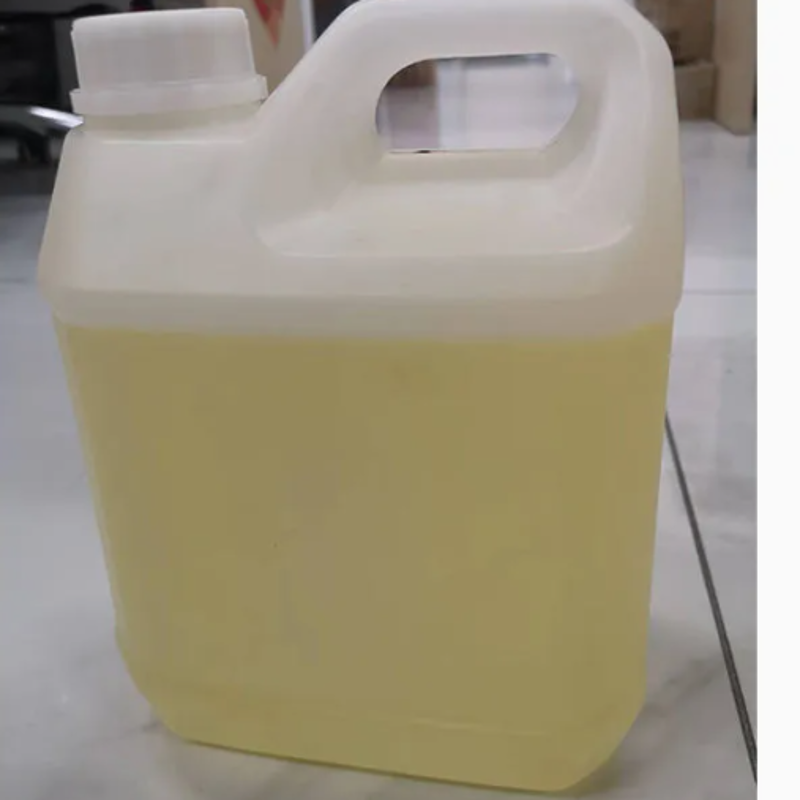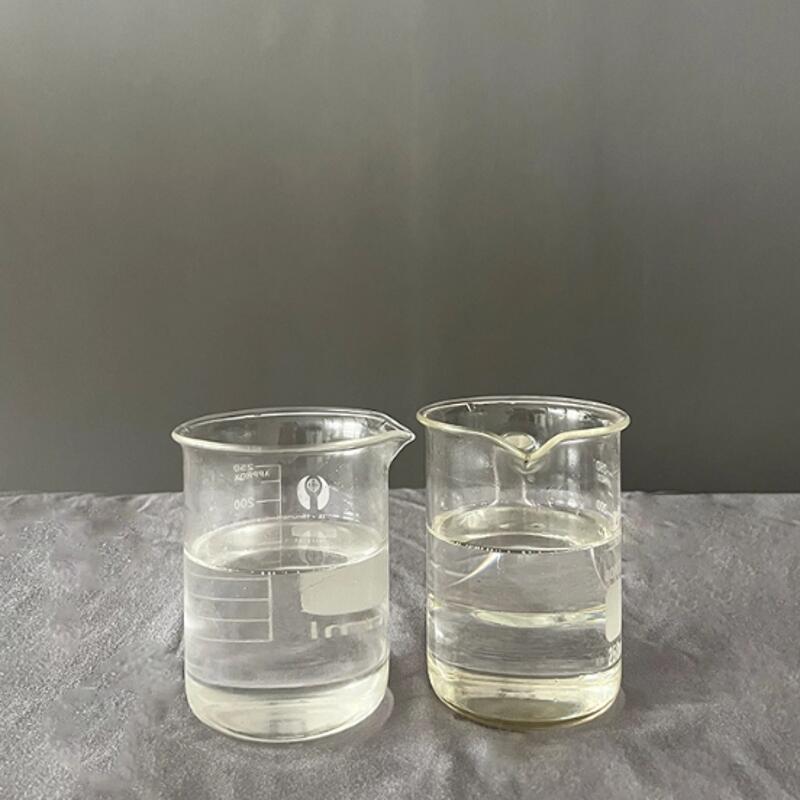-
Categories
-
Pharmaceutical Intermediates
-
Active Pharmaceutical Ingredients
-
Food Additives
- Industrial Coatings
- Agrochemicals
- Dyes and Pigments
- Surfactant
- Flavors and Fragrances
- Chemical Reagents
- Catalyst and Auxiliary
- Natural Products
- Inorganic Chemistry
-
Organic Chemistry
-
Biochemical Engineering
- Analytical Chemistry
-
Cosmetic Ingredient
- Water Treatment Chemical
-
Pharmaceutical Intermediates
Promotion
ECHEMI Mall
Wholesale
Weekly Price
Exhibition
News
-
Trade Service
At present, the Internet has facilitated people's lives.
Many people have the experience of ordering takeout online.
Open the Meituan, Ele.
me and other APPs to place orders directly, and various packaged delicacies will be delivered directly to the door
.
Plastic tableware makes life easier
Plastic tableware makes life easierWith the rapid development of the economy and society and the accelerated pace of work, people are increasingly pursuing a safe, hygienic, convenient and refined life
.
Big data shows that currently 3 out of 10 Chinese are takeaway users, generating more than 20 million takeaways every day
.
"For restaurants, the most important thing is how to ensure that the food is delivered to customers within 25 minutes to an hour, and that the color, aroma, taste, and shape of the food are basically the same as when it came out of the pan
.
"With the rapid development of online food ordering, plastic lunch boxes and plastic dish bowls for packing take-out are very popular
.
The person in charge said that now the health supervision department and manufacturers have very strict quality requirements for disposable tableware, not only for convenience of use, but also to ensure product quality, good sealing, high temperature resistance, hygiene and environmental protection
.
Digital Secrets on Plastic Packaging
Digital Secrets on Plastic Packaging Careful friends may find that there are triangular logos and numbers on the bottom or side of the plastic tableware.
What do these logos and numbers do and what do they mean?
According to experts, the triangular ring logo composed of 3 arrows means "recyclable", and the Arabic numerals in the middle indicate the type of plastic
.
No.
1: PET (polyethylene terephthalate), because of its high transparency, it is mostly used in mineral water bottles and carbonated beverage bottles
.
No.
2: HDPE (high density polyethylene), which is less transparent than No.
1.
It is often used in milk bottles and dairy beverage bottles, but its temperature resistance is higher than that of No.
1, which can reach 110 °C, so hot water can be used.
Warm it up and drink it
.
No.
3: PVC (polyvinyl chloride), which is easy to produce two kinds of toxic and harmful substances, has been less used for packaging food
.
No.
4: LDPE (low density polyethylene), the most widely used is plastic wrap, which is much safer than No.
3.
It can be used to wrap cooked and hot food, but the temperature should not be too high, because when heated to 110 ℃, it will The hot melt phenomenon occurs, and the harmful substances in the material will be dissolved out
.
So when heating food in the microwave, be sure to remove the plastic wrap first
.
No.
5: PP (polypropylene), the temperature resistance can reach 130 ℃, because of its high temperature resistance, high hardness, stable to organic solvents and oils such as acid and alkali, it is mainly used in microwave lunch boxes, plastic cups for drinking water, Disposable lunch boxes are the most widely used in takeaway tableware and are the only plastic lunch boxes that can be directly put into the microwave for heating
.
At present, all PP can be regarded as food grade, and will not dissolve harmful substances under normal and high temperature conditions
.
No.
6: PS (polystyrene), mainly used to make bowls of instant noodle boxes and foamed fast food boxes.
Some stores will be used to sell rice fast food, but when the temperature is too high, chemical substances will be precipitated
.
Internet rumors are not credible
Internet rumors are not credible There are rumors on the Internet that often eating food packaged in plastic tableware is harmful to the body, on the grounds that these plastic tableware will release harmful substances such as plasticizers, bisphenol A, dioxins, and heavy metals
.
This is not the case
.
Plasticizers, also known as plasticizers, are added to hard plastics to make them more elastic and durable
.
In the past, No.
3 was the most commonly used hard plastic with plasticizers, but No.
1, No.
5, and No.
6, which are most commonly used in take-out plastic tableware, are all soft plastics, which are inherently elastic and do not require the use of plasticizers
.
In addition, bisphenol A is a chemical raw material, and bisphenol A in food contact materials may indeed be transferred to food.
However, the three materials of No.
1, No.
5 and No.
6 mainly used in takeaway plastic containers are all The use of bisphenol A is not required
.
There are also claims that No.
1 plastic releases dioxins when refrigerated
.
Dioxins are toxic substances and can cause cancer, but there is currently no scientific evidence that No.
1 plastic itself contains dioxins, and dioxins are not produced at refrigerated temperatures
.
Some other chemicals used to make plastics have the potential to be released into food, such as plastic containers from material No.
1 that contain traces of antimony
.
However, research shows that the antimony content of PET bottled beverages is very low, far below the guideline value set by the World Health Organization for drinking water quality, and does not pose a health risk
.
In fact, China also has limited standards for some chemicals in plastic containers.
For example, antimony in plastic containers made of No.
1 material cannot be higher than 0.
05 mg/L
.
All in all, for qualified disposable plastic tableware produced by regular manufacturers, we don't have to worry too much about its safety
.
Of course, it is not a good thing to eat takeout often, for example, it is difficult to guarantee nutritional balance and hygiene
.
Hygienic qualified products should be used
Hygienic qualified products should be usedSo, how to tell whether the takeaway plastic container is qualified?
Experts pointed out that the methods of looking at the appearance, touching the strength and smelling the smell can be used to distinguish whether the take-out plastic tableware is qualified
.
Qualified products should first have the QS mark (enterprise food production license), and the surface looks smooth and transparent, free of stains, impurities, scratches, cracks, etc.
, and no bubbles, discoloration, fading, and in addition, it will not feel soft and smell.
It doesn't smell bad either
.
If there is such a situation as "smelling strange", it may be a substandard product
.
Of course, sometimes it's not easy to tell, so it's better to choose regular fast food restaurants or restaurants, because the plastic containers they use are usually more secure in quality
.
It's important to note that not all plastic utensils are suitable for serving piping hot food
.
Do not use No.
3 material or plastic tableware with unknown materials to package high-fat foods, such as boiled fish fillets, braised eggplants,
etc.
Also pay attention to the use temperature of various plastic tableware, such as plastic containers of No.
6 material will become soft at 95 ℃
.
Not all plastic containers are suitable for microwave heating.
Plastic tableware made of No.
1 and No.
6 materials has a relatively low heat resistance and cannot be heated in a microwave oven, nor can it be loaded with too hot food
.
If you are not sure whether the take-out plastic container can be heated, you can pour the food into a pot and reheat it
.
In addition, do not reuse disposable plastic take-out tableware.
For example, take-out boxes made of No.
1 and No.
6 plastics should be discarded after use, and should not be used for other food
.
However, it should not be discarded indiscriminately, and should be actively sorted and recycled to reduce resource waste and environmental pollution
.
"In the next 10 years, the socialization, intensification, and industrialization of kitchens will have a huge development, and the consequent problem of disposable tableware pollution will also develop rapidly
.
" Zhou Lili, senior engineer of the General Business Department of China Plastics Processing Industry Association, pointed out , Plastic products are a relatively contradictory product, which facilitates our lives, but also brings environmental protection issues
.
She suggested that the relevant departments develop a rule to recycle, recycle and manage these discarded tableware
.







